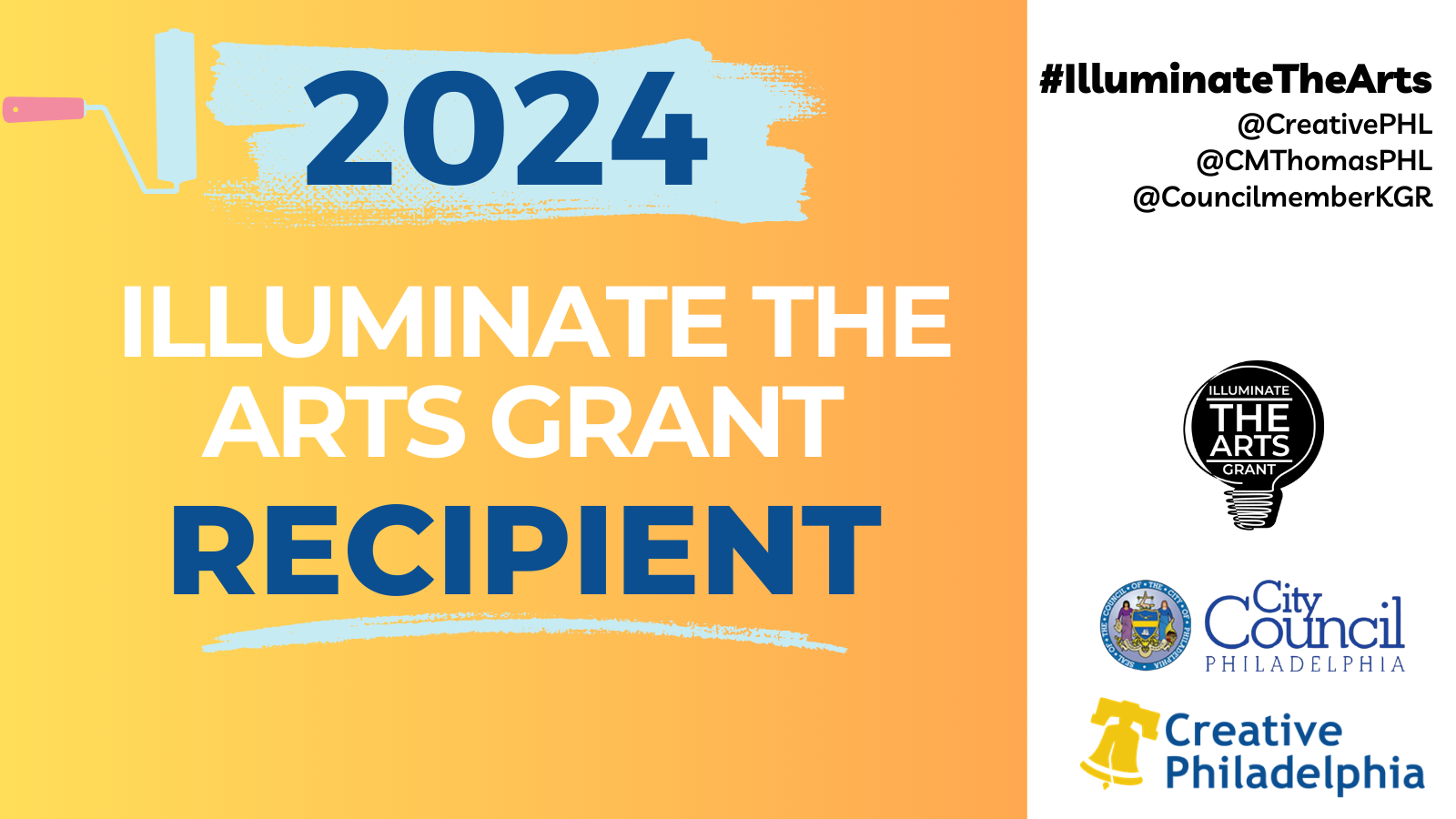Following the work of Annie Wilson, Melissa Krodman, Faye Driscoll, Jerome Bel, and the Orbitor 3 production of “The Brownings,” at the FringeArts with a series of dance theater, Fall 2016 season program.
At the Fringearts, reference to experimental theatre for Philadelphia is the dance theatre. Artists like, Annie Wilson clearly in search of this phenomena, and a critical re-evaluation of the mechanism for theater artists and dance- on the fringe.
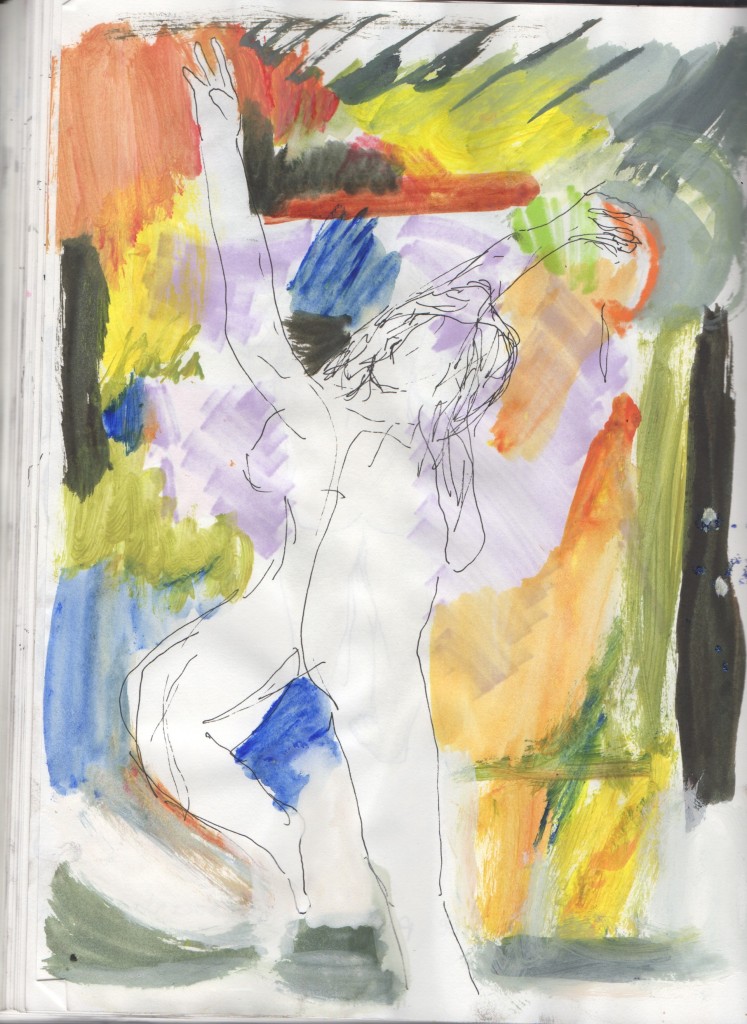
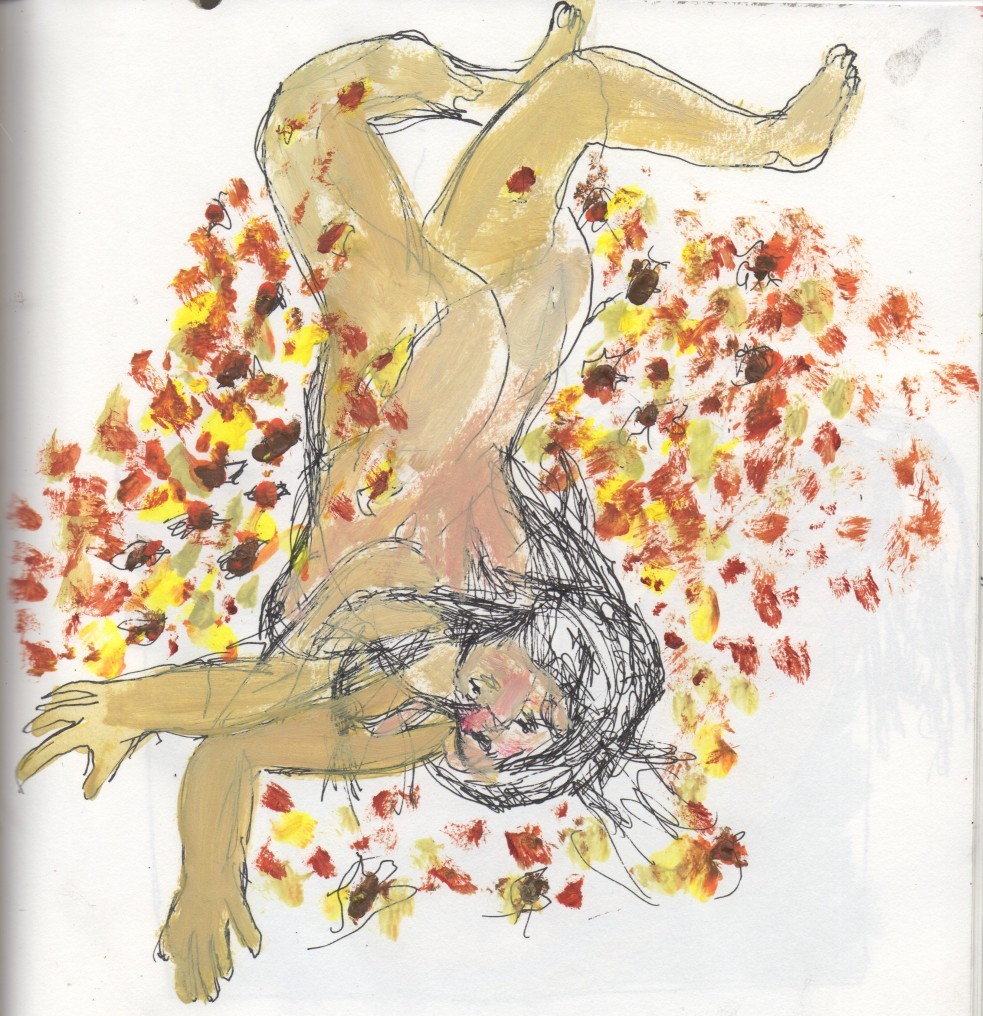
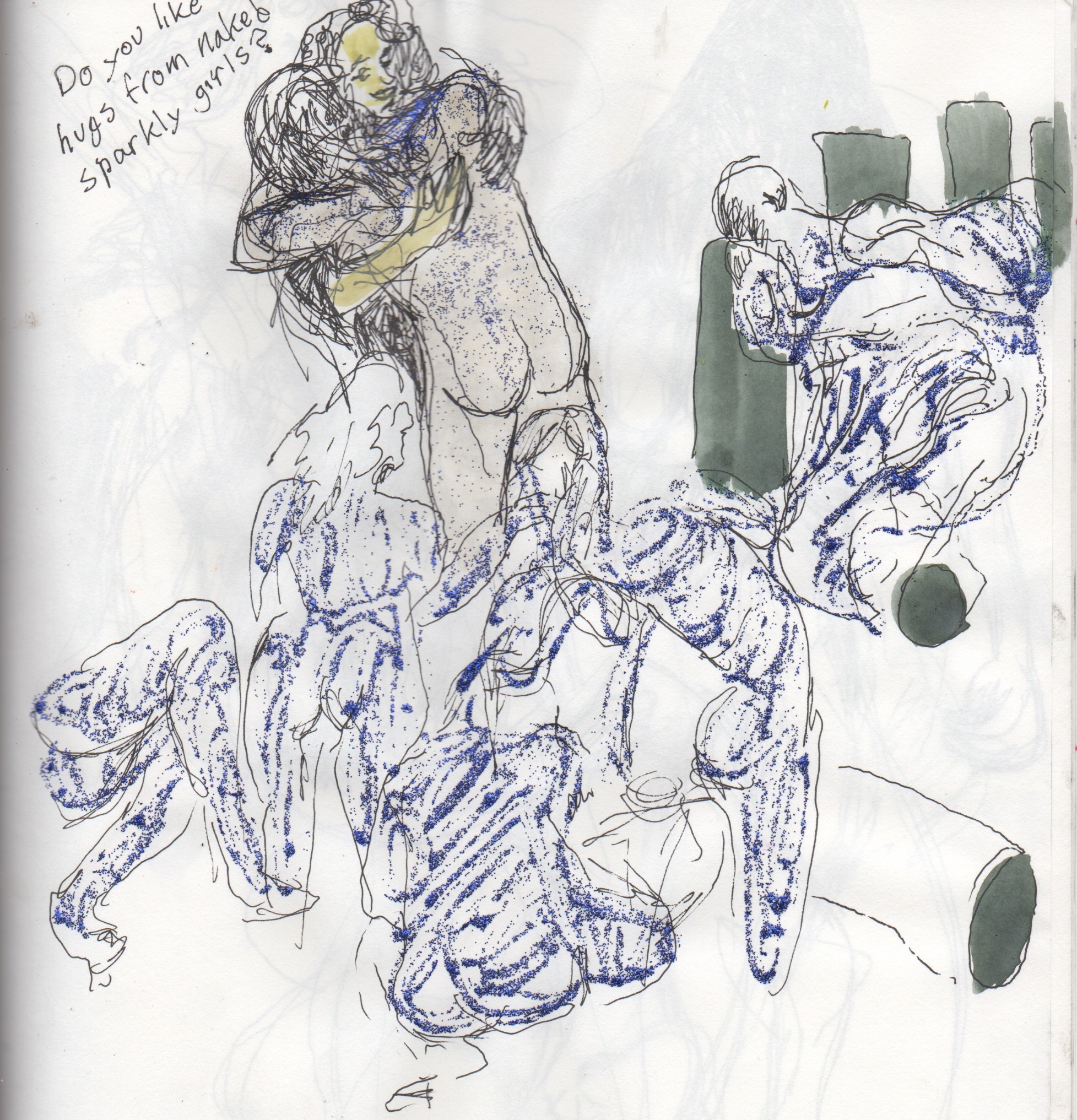
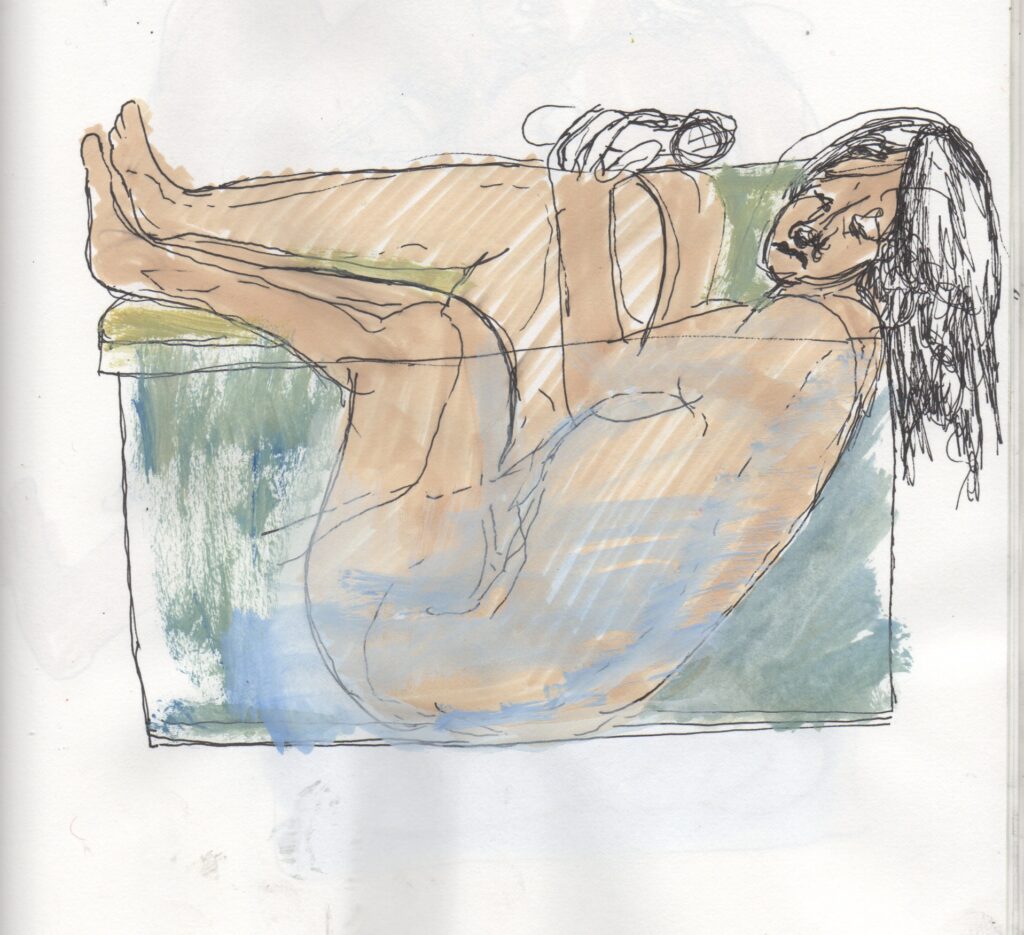
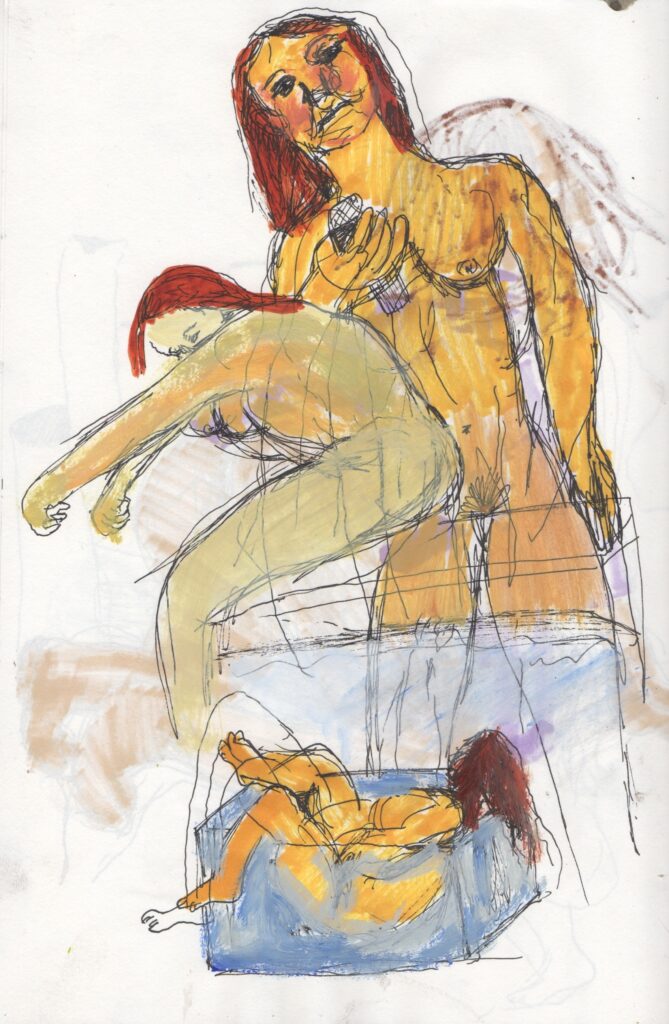
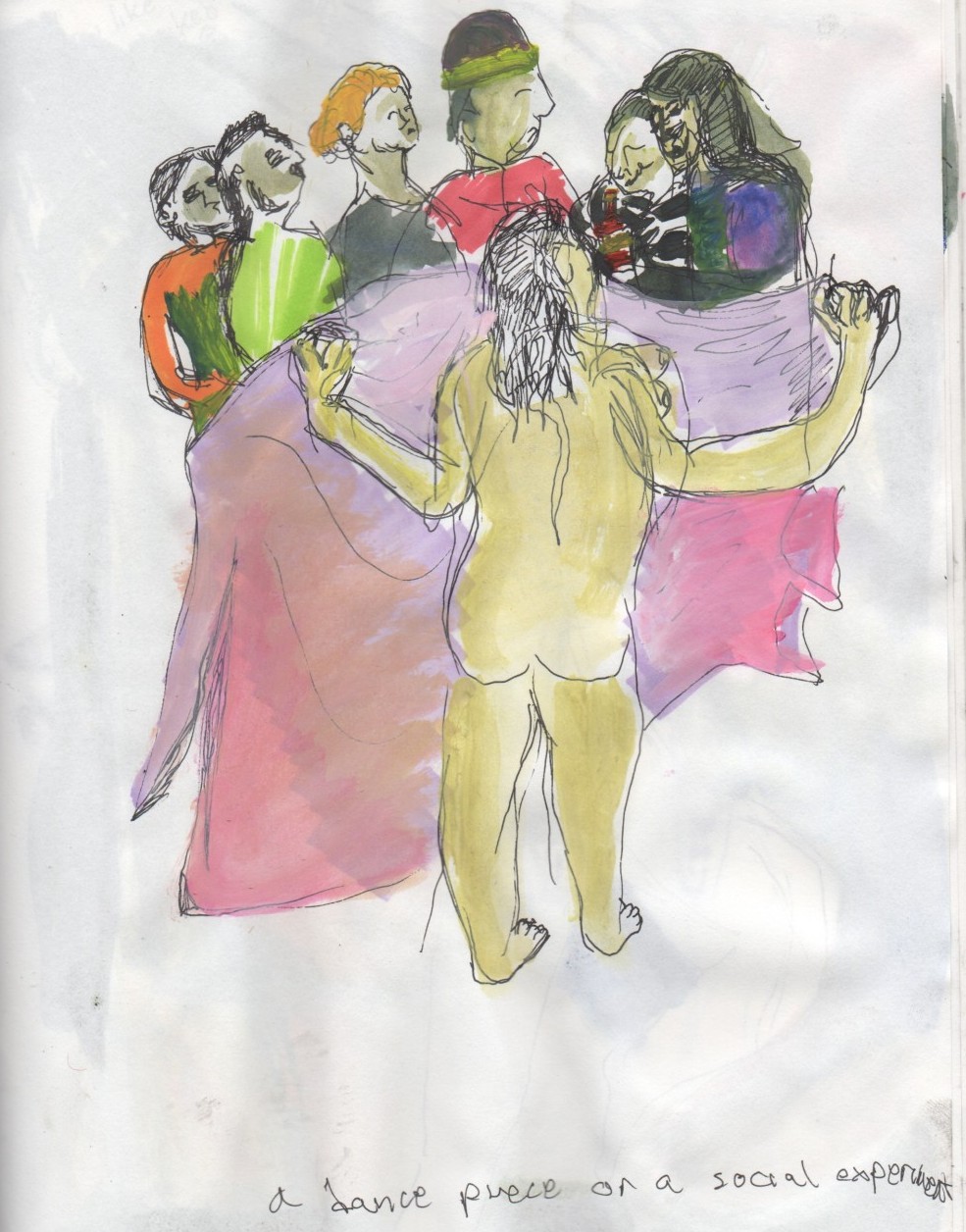
At Home With The Humorless Bastard, 2016, FringeArts.
In 2016, I returned to Philadelphia from a tour of Eastern Europe, stopping at the Edinburgh International Festival. The Fringearts presented a program of dance that questioned the boundaries of performance art, and dance. Informing the audience of dance theater with such performances, and Annie Wilson’s, most recent production, “Always the Hour,”(2023) we will see, looking back the development of dance theater with other artists in similar fashion, and body art in an immersive art experience.
Jean & Terry: Your Guides Through Dark, Light, and Nebulous (2016)
by Mel Krodman + Kelly Bond
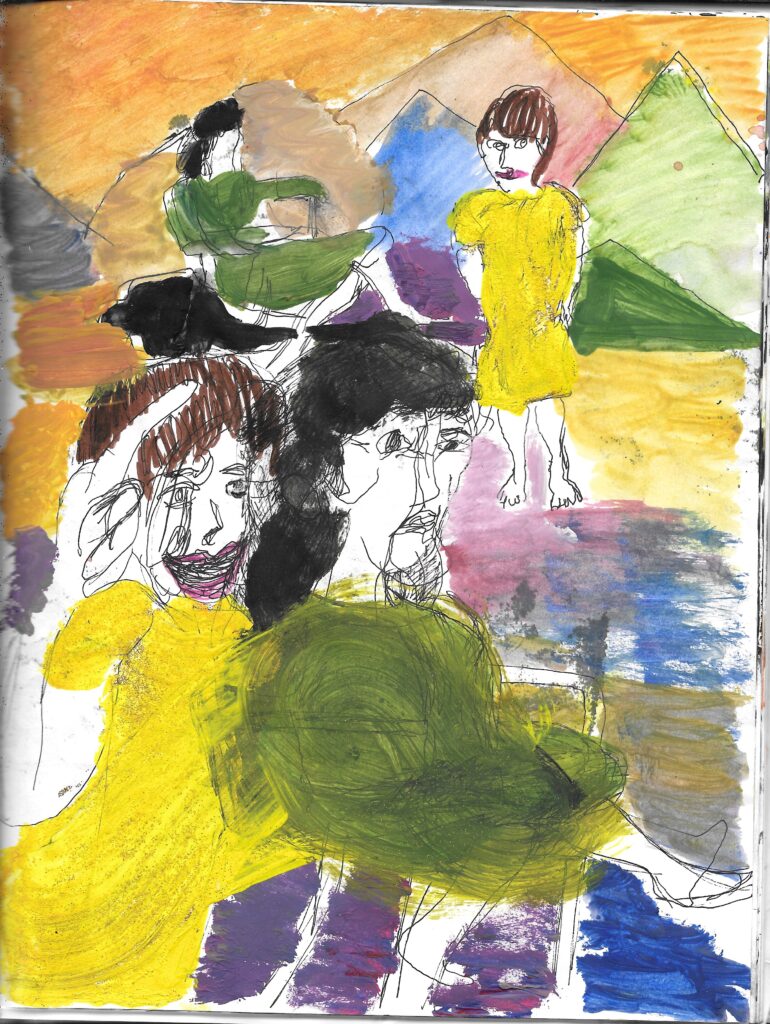
Projections on the back wall play as a guided meditation of external stimuli into the mind’s eye. On stage dialogue, dance especially, which communicates aesthetically on the transfer of physical and the metaphysical. Time travel in particular leads the audience to a transcendental landscapes, which played a visual aid in pulling us out of the everyday and entering psychedelic soundscapes. The following meditation with self-care that built on interactive art form by its participatory performance. A minimal interplay of colors, shapes, and sound brought out a concept of rest and calming of the subconscious.
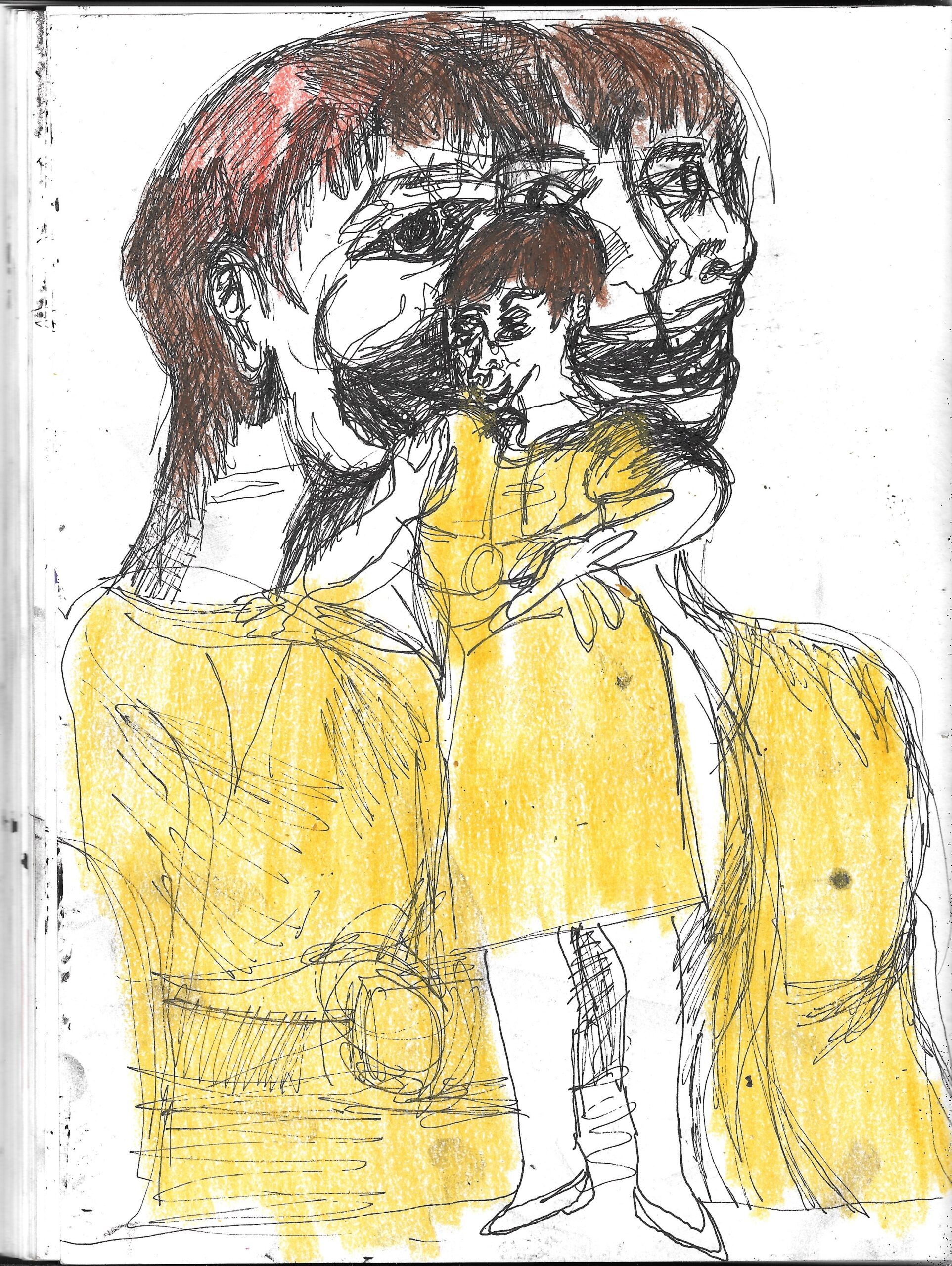
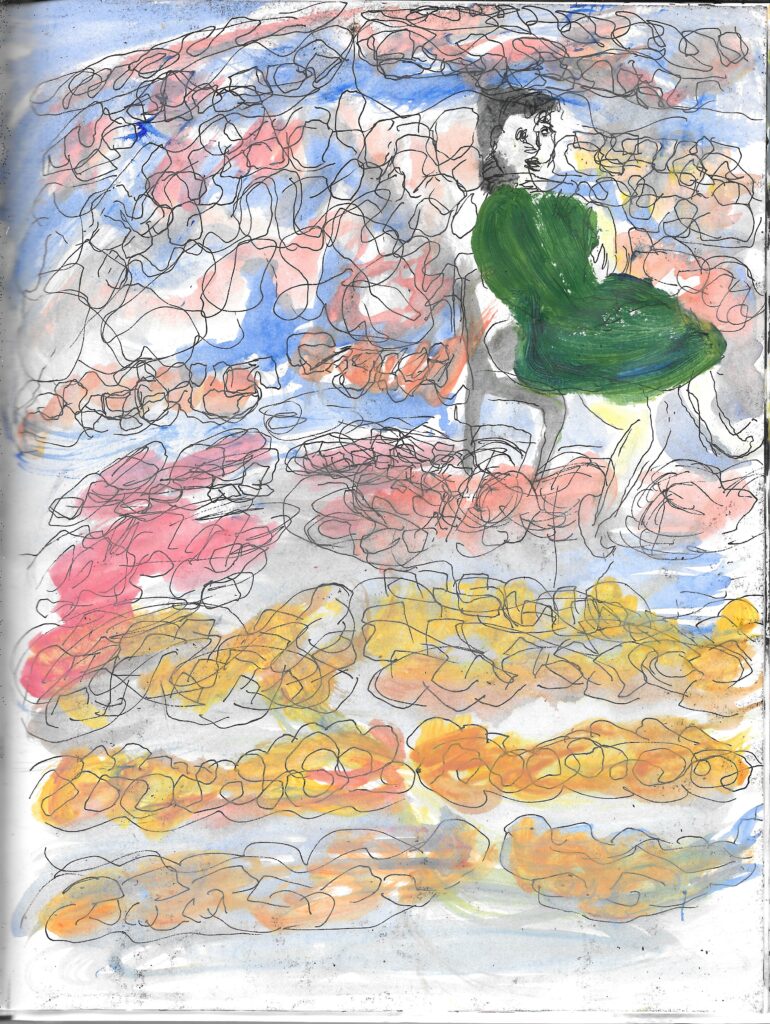
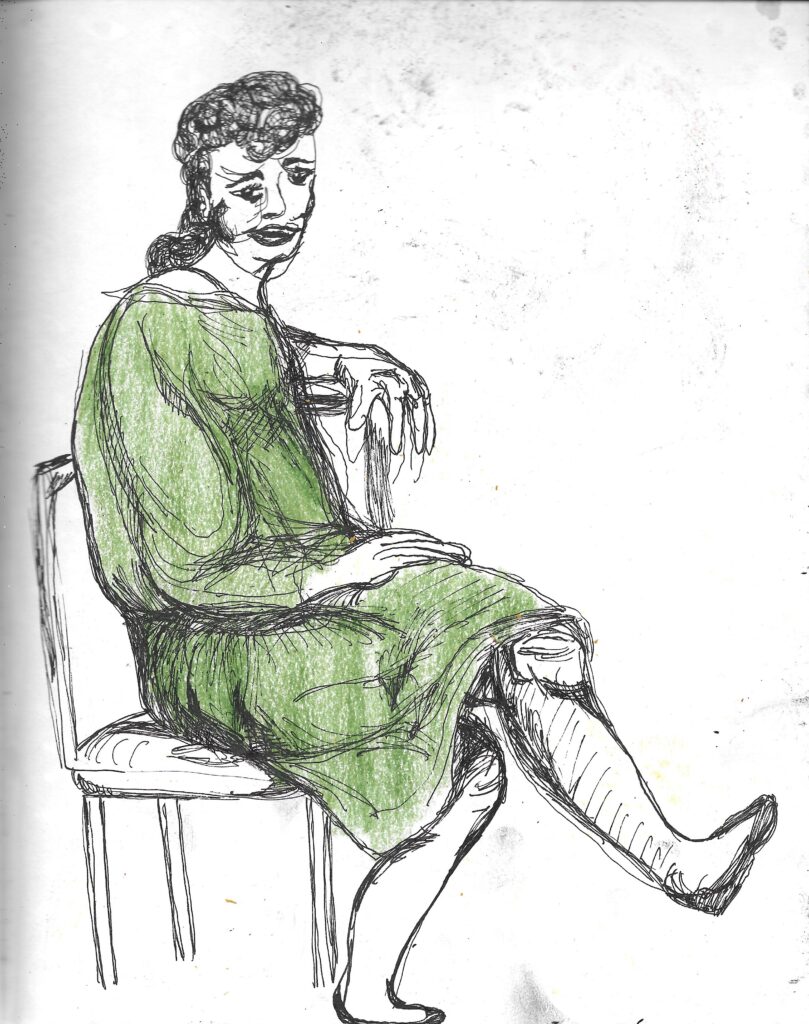
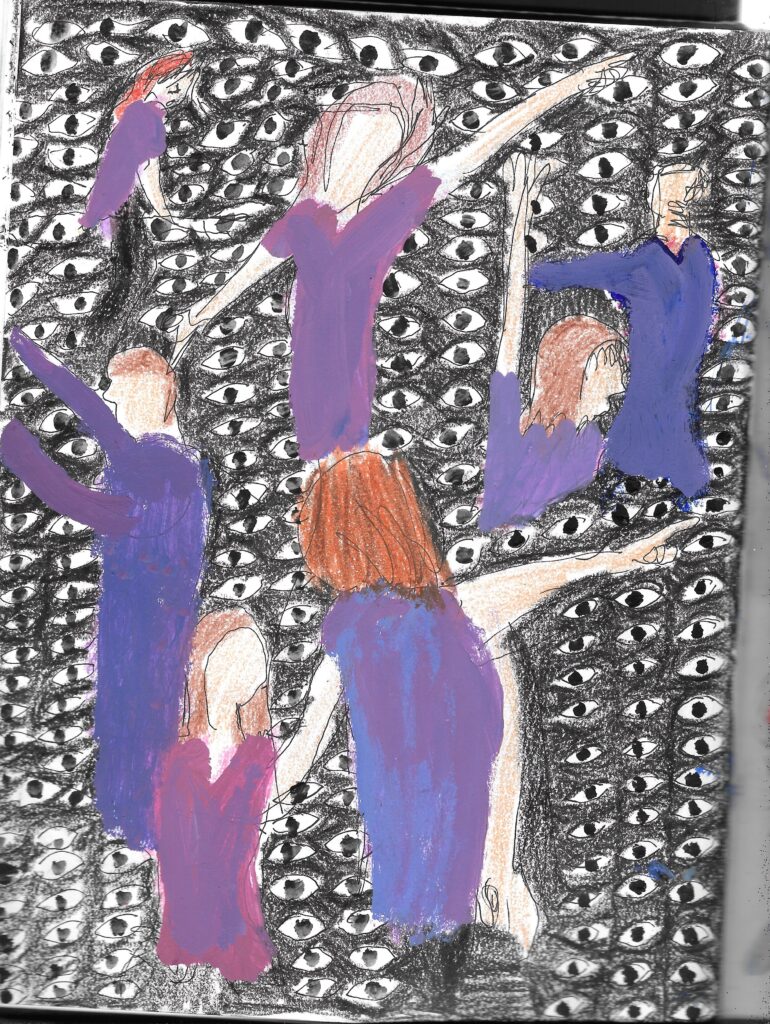
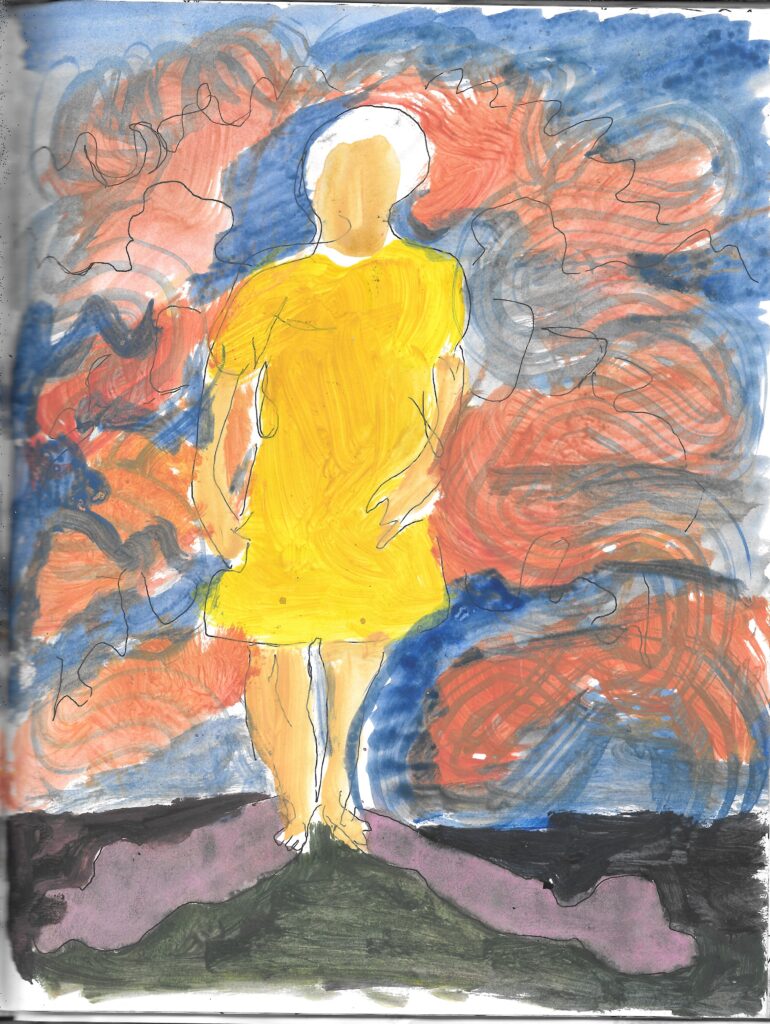
Jean & Terry: Your Guides Through The Dark, Light, And Nebulous
Mel Krodman, one of the artist to work on A Period of Animate Existence by the Pig Iron Theater. Mel Krodman was awarded the Independent Foundation Grant in 2016.
Thank You For Coming (2016)
by Faye Driscoll
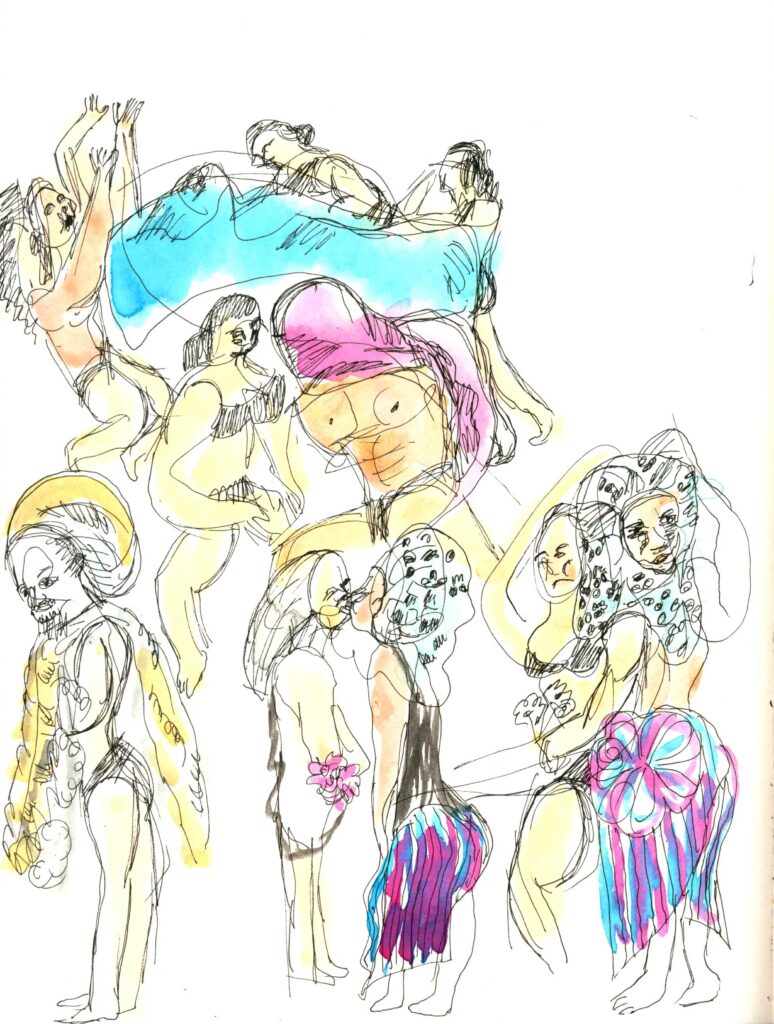
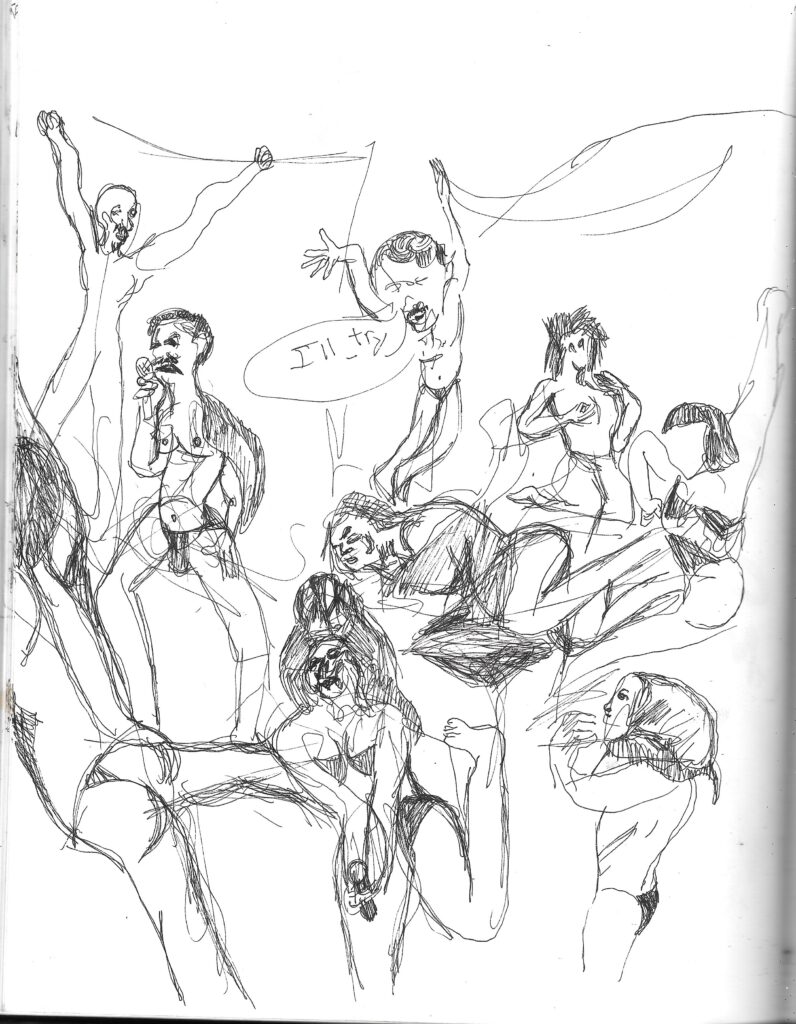
Where as, in recent news, Driscoll staged, “Weathering” at New York Live Arts 2023. In the same terms as geological formations, and art historical references to The Raft of Medusa, by Theodore Géricault , multi-sensory and erotic, unexamined environmental shift in movement and theater. Though, I was unable to attend, “Thank You For Coming” at Fringearts in 2017 invites us to follow the work of this contemporary movement art.
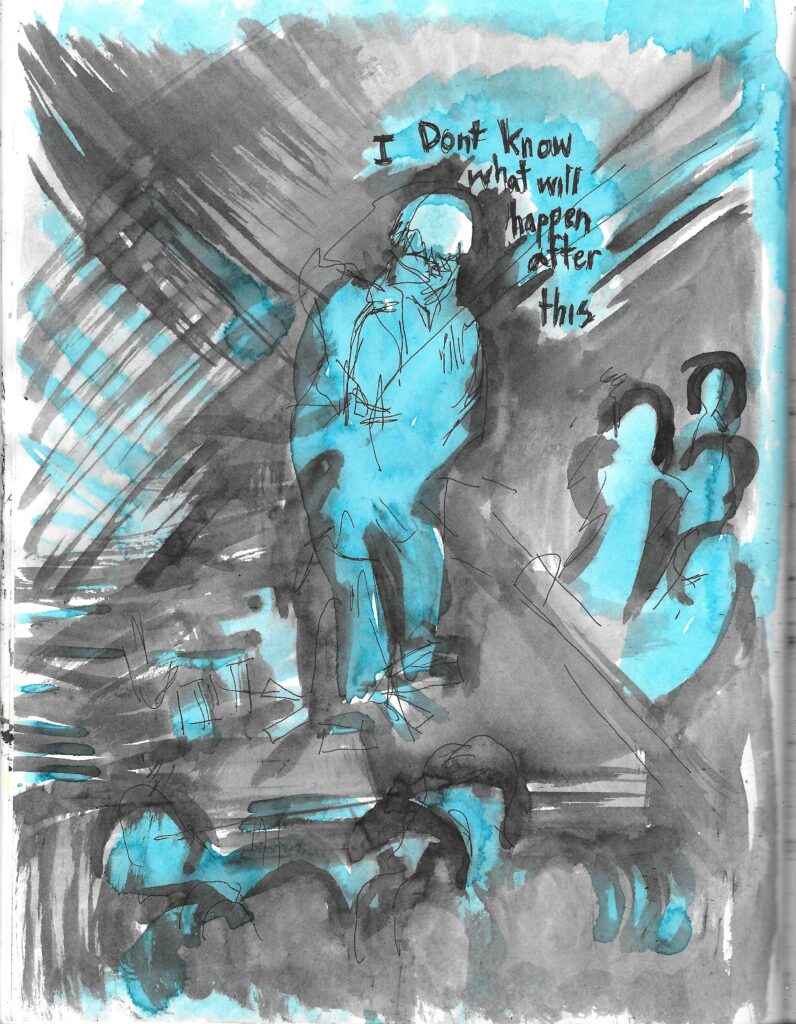
The art of pageantry and gender, with a mythologically intuitive choreography.
Jérôme Bel(2016)
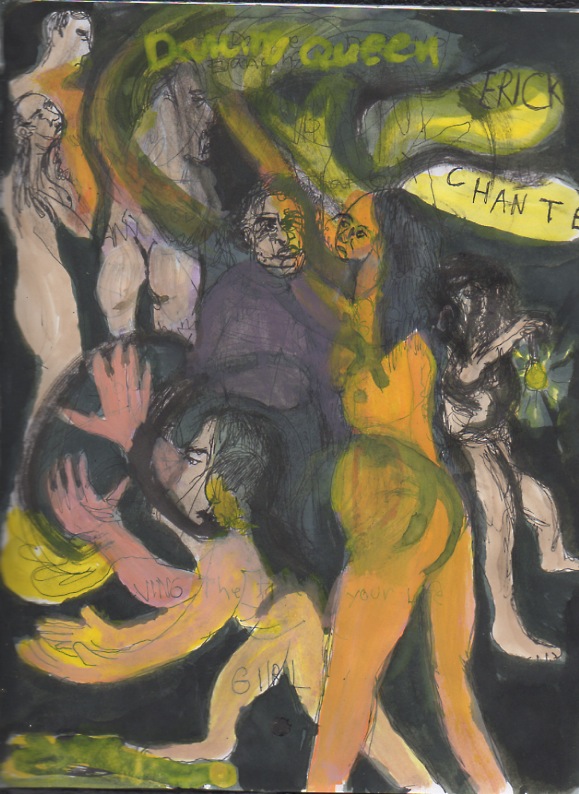
Jérôme Bel creates extraordinary connections between body art, theater, and dance.
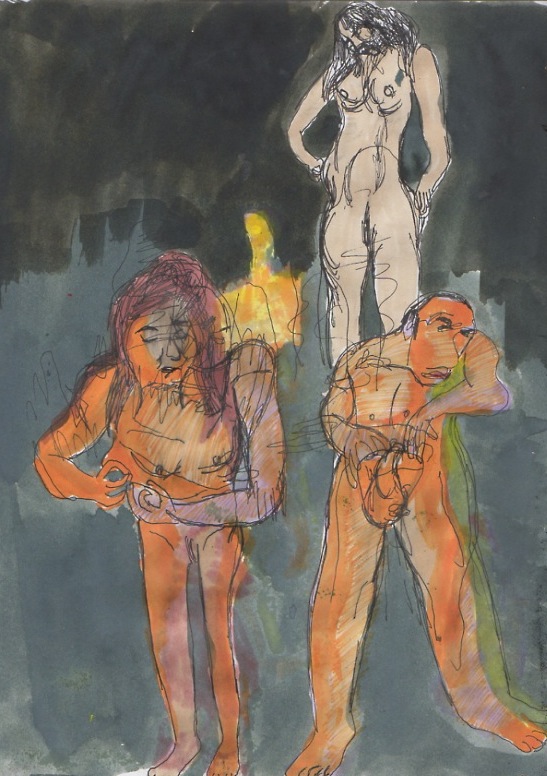
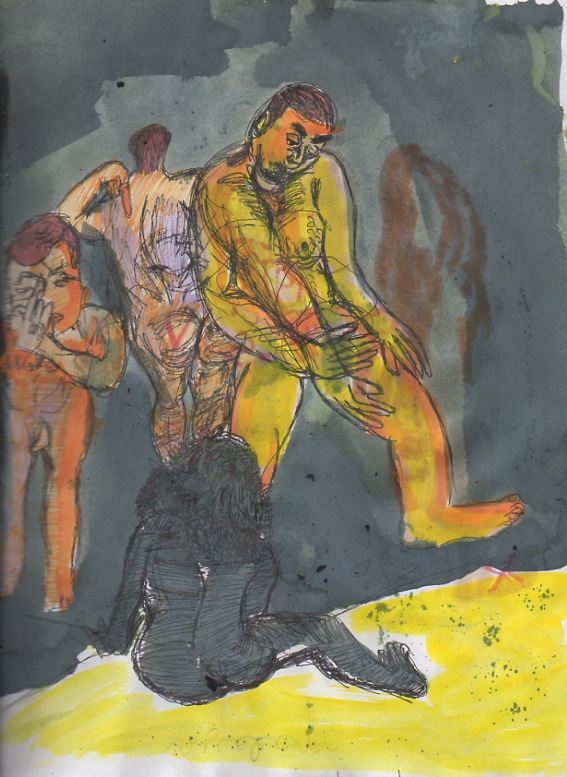
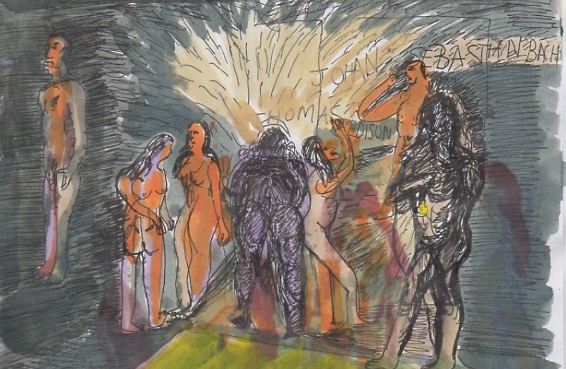
The Brownings
by Sam Henderson
Orbiter 3
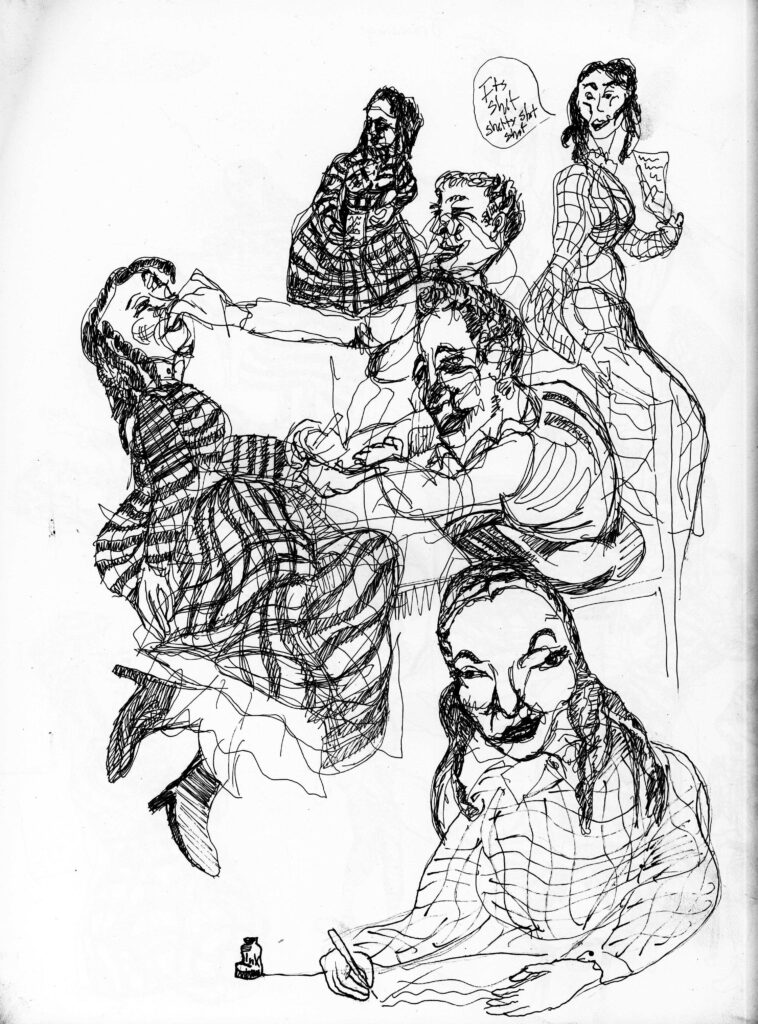
THE BROWNINGS was a testament to their alternative lifestyles. It is the kind of environment and emotion that poets and musicians thrive to capture. Their interest in each other was fueled by the poetic medium. Robert showed bursts of inspiration as he read his poem and Elizabeth divulged anything that came to her mind. The combination of poetry and music constructed a considerate thought about being at a loss of words like a poet trig to capture the feeling of love. Their hot and cold feelings for one another were genuine, but not exactly healthy. During the post-show talk with Ariana Zena, it was mentioned that mental illness as a factor in intimate relationships could lead to “other centeredness through self abandonment.” The art world can be as small as one makes it, and the codependent relationship in THE BROWNINGS begins to shut out the rest of the world.
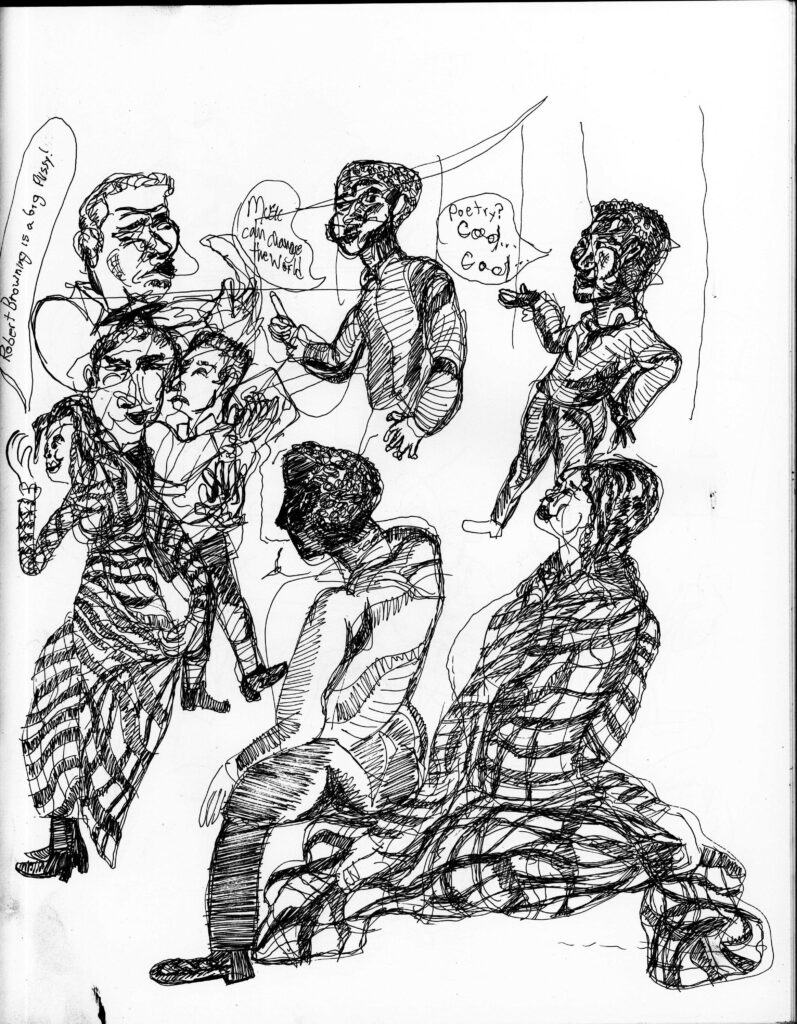
There was a third part to this grudge match: a friend of the Brownings, Robert Schumann, played by James Ijames.
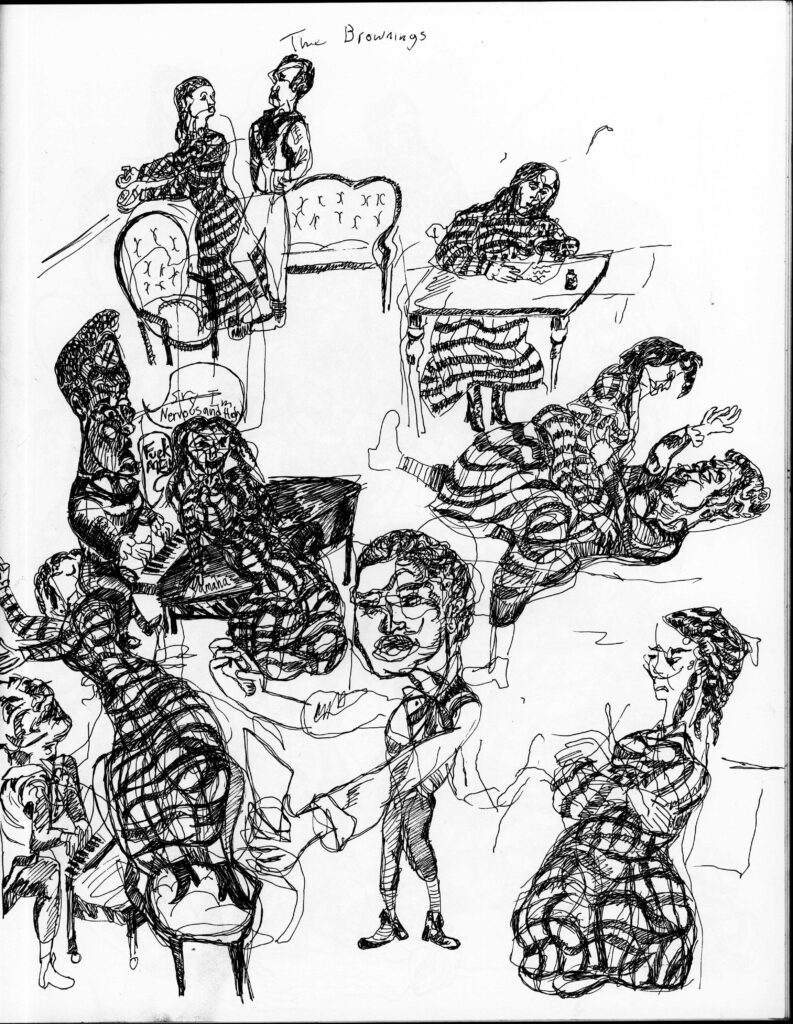
In most scenes he was off to the side playing the piano. The love triangle eased the competitiveness between the two poets. Schumann’s music teased the seriousness of poetry while thickening the lovely, yet tragic addiction to the creative process. The melodramatic piano music gave a feeling of encouragement in the Browning’s relationship with poetry. The music showed an appreciation for this unconditional love. Schumann, dressed in black, gave us relief from the monotony of fighting, and music can do this for humanity during adversity.
Immersive theater takes us into a space of variables for a certain social being in public art. It tends to take the subjective pathos, and offering deeper contemplation on ritual and modern art forms. Participatory types of welcoming thoughtfulness and awareness of our natural environment.
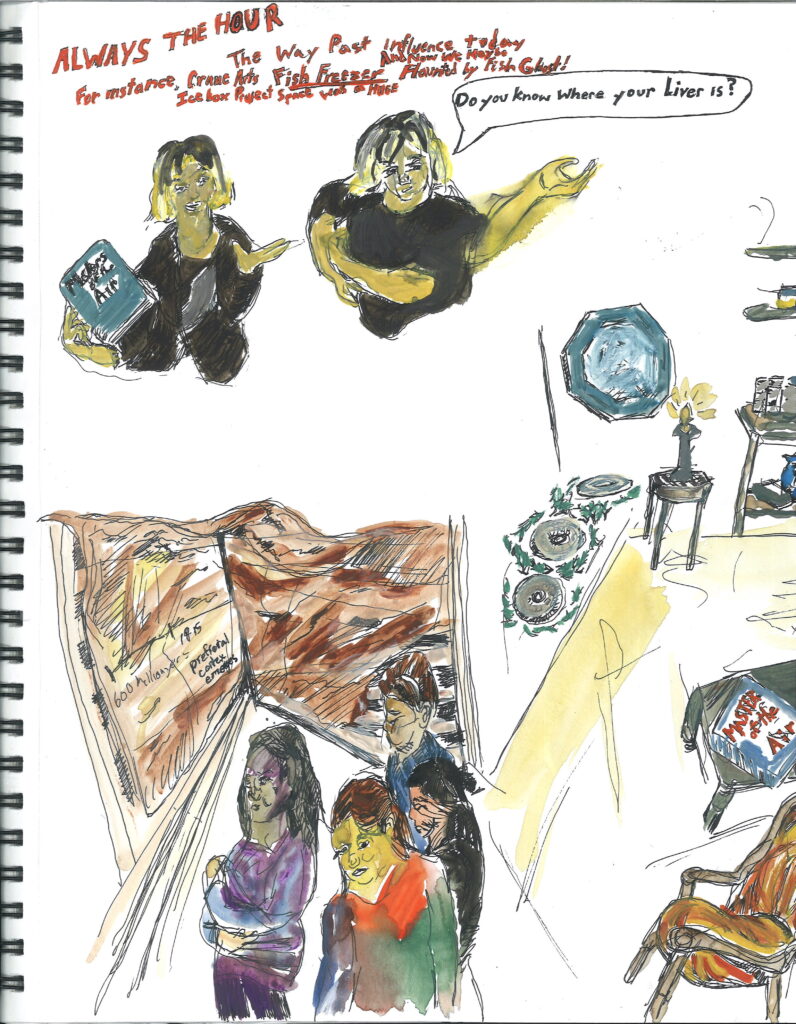
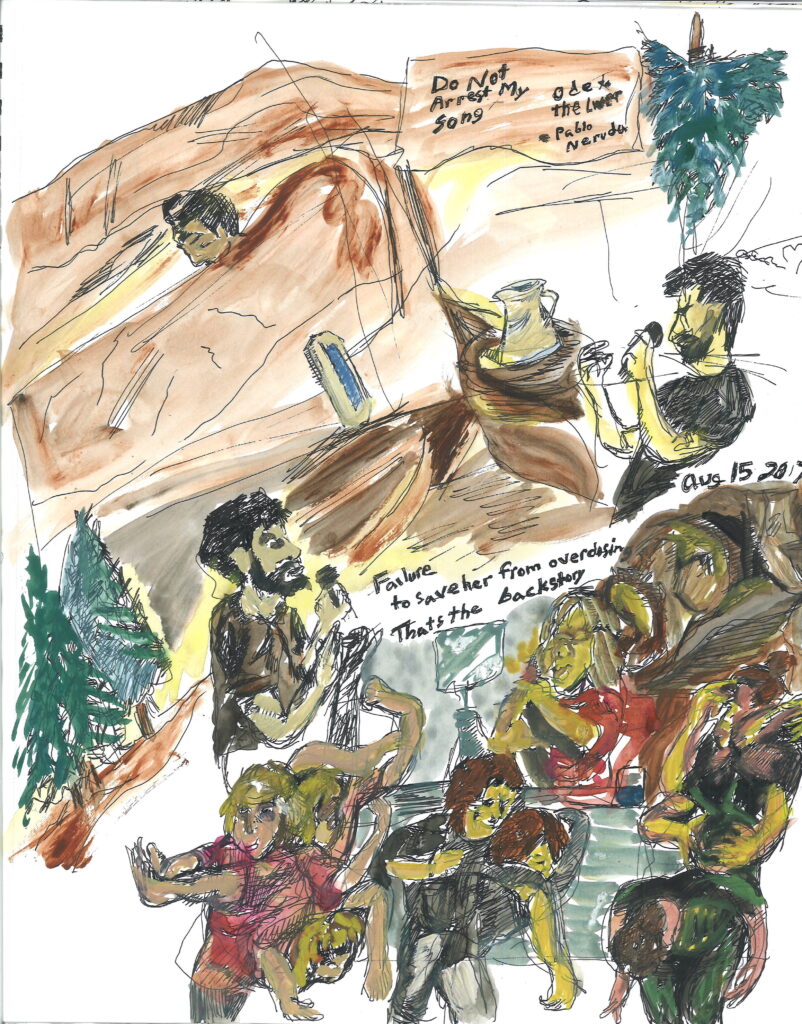
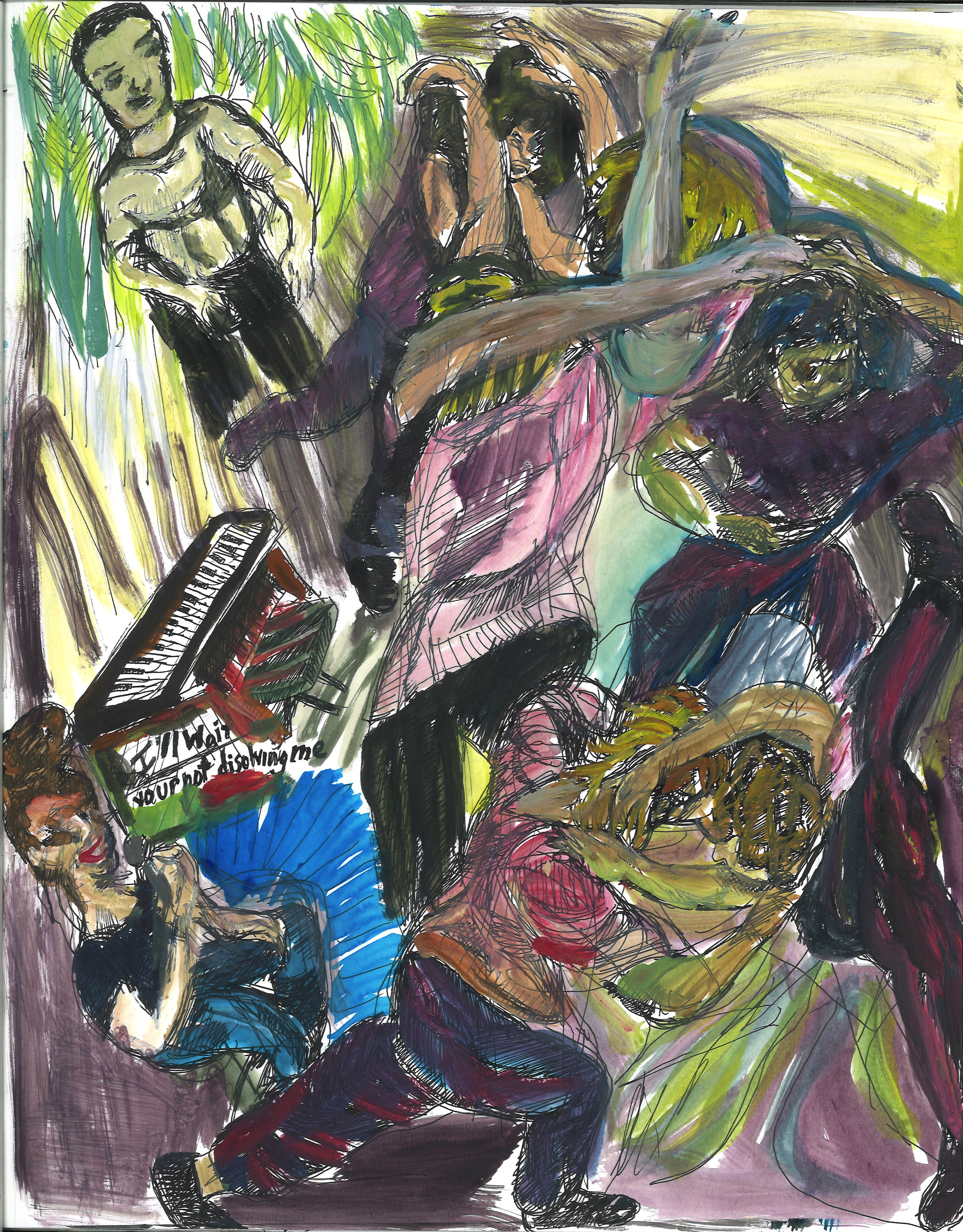
“Always the Hour”(2023) is a sequel to At Home With The Humorless Bastard(2016). Brown butcher paper created a maze of pathways, and hung upside down were Christmas trees, and with a bee hive of sand that continually dropped a stream of sand onto the floor below it. The many factors of the undead proposed a phenomenological theory. A reality that philosopher, Jean-Paul Sartre, calls nothingness, is the matter in which we cannot see, but has everything to do with the forces of abstract ontology that describes the being and nonbeing in terms of anticipation before we walk into a crowded room, and we hope to see someone we love. The influence of, “Always the Hour,” is a sequel to, “At Home with the Humorless Bastard,” and it comes at much surprise to include the audience in a gathering around the family history of alcohol abuse and the liver is the star. A struggle occurs between actors, as a collaborator recites that she is not giving up, and just going to dissolve because the body wants it to. In other scenes we see the cast sitting with a patient under a rubble of butcher paper. At other points in the event long performance we are sitting under a canopy together reminiscing the feeling of being a part of the universe. The battle that takes place is a climatic approach to the exploration of spirits called upon during the duration of the event.
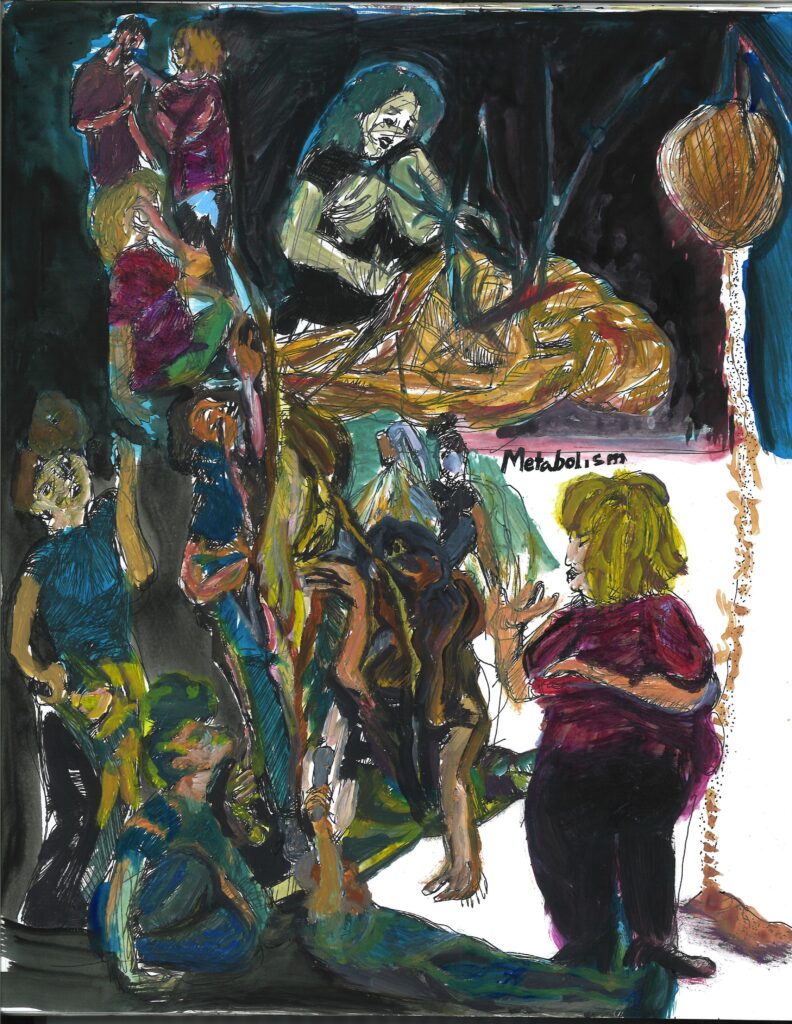
Awakening the presence of our past ancestors is common for those that have felt a loss. The feeling of which nothingness describes in the philosophy of, “Being and Nothingness.” How to describe the sense of something that is not there takes a deep connection with the words that we attribute to what is actually there and what being is in theoretical terms. The gathering of audiences for the immersive account of, “Always the Hour,” took three hours in full to come to the realization that the show was summoning a séance of our own interconnections to the underworld. And we asked them to come home. The culmination of hours, always feeling the grief, and thus addressing that feeling of loss takes a team of artists to guide us to comfortably lay around to watch ourselves in an out of body experience. These creatives, indicative of responding to the nuance movement of the environment, and knowing the shared experience of loss among a large group of people is common attributed to the sense of trigger that Annie Wilson lends to her subject, about the death, dying, and being in an after life.
